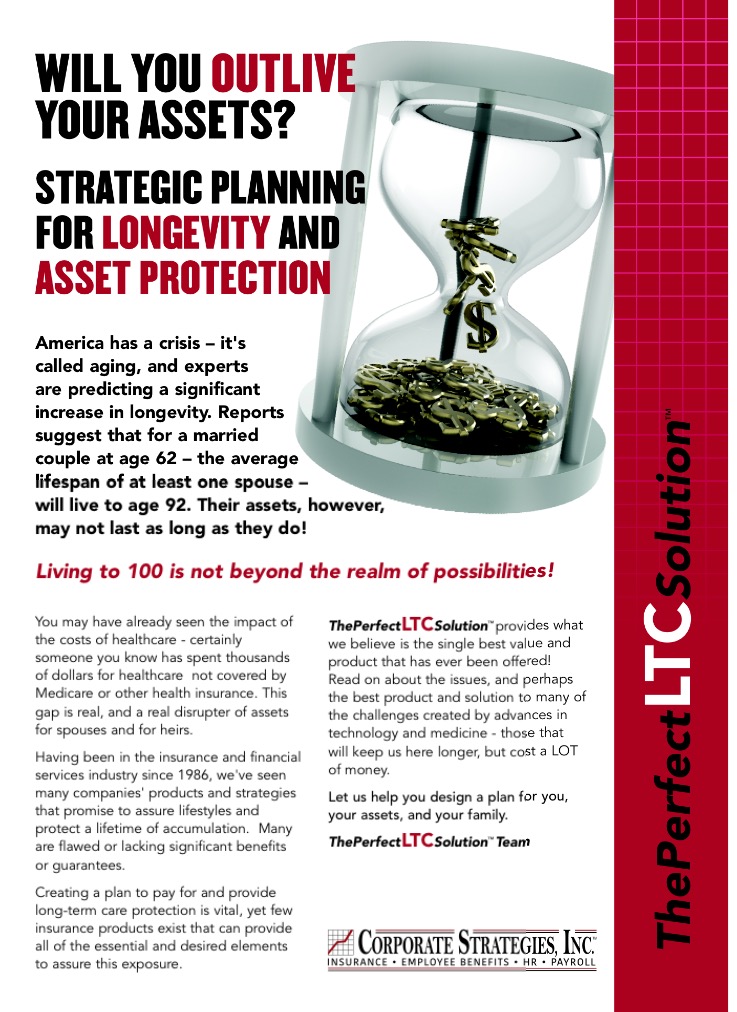Forbes / Retirement 1/21/2016 –
Attempts to combat concerns about traditional long-term care insurance have resulted in combination or hybrid products using an asset-based approach to fund long-term care. These new approaches generally combine long-term care funding with life insurance or an annuity.
For instance, one asset-based strategy involves the purchase of a long-term care insurance policy bundled with a whole life insurance policy. This strategy may be done with a single upfront premium, a set of premiums for a fixed term, or ongoing premiums. The cash value is invested and liquid after surrender charges, and the policies generally will provide a fixed interest rate for cash value growth.
Long-term care expenses are first subtracted from cash value before an insurance company must actually cover care expenses with other resources, which allows these policies to be viewed as high-deductible policies. These policies generally provide a death benefit for a fixed amount, less any long-term care claims. To be clear, there are additional charges for the life insurance benefit. The death benefit is spent first, and an optional continuation of benefit rider for the policy could allow for long-term care benefits to continue being paid even after the death benefit has been spent.
For large upfront premiums, these policies may provide an outlet for funds that would have been invested in short-term fixed income assets anyway, so the opportunity costs from potential lost investment growth are less. When compared to low-yielding short-term fixed income assets, a competitive return is provided by the death benefit in the event of a long-life and unused long-term care benefits. The internal rate of return, however, could be significantly higher if the long-term care benefits or death benefit are used earlier in retirement.
Funds sourced to support the asset-based long-term care protection are generally drawn from low-return, low-volatility resources such as cash, CDs, and money market accounts. Conceptually, households may view these funds as part of their emergency or contingency fund, and the long-term care asset can be treated as part of the contingency fund.
A policy might support an internal rate of return guaranteed to be about 1.5% for the death benefit, net of all insurance expenses and taxes. The internal rate of return would be the lowest for couples who enjoy long retirements and do not experience long-term care events. Because the death benefit and care proceeds are received tax free, this advantage must be taken into consideration when compared with other options. Internal rates of return may be much higher, to the extent that both members of the couple experience costly long-term care events and/or the estate receives the death benefit earlier in retirement.








